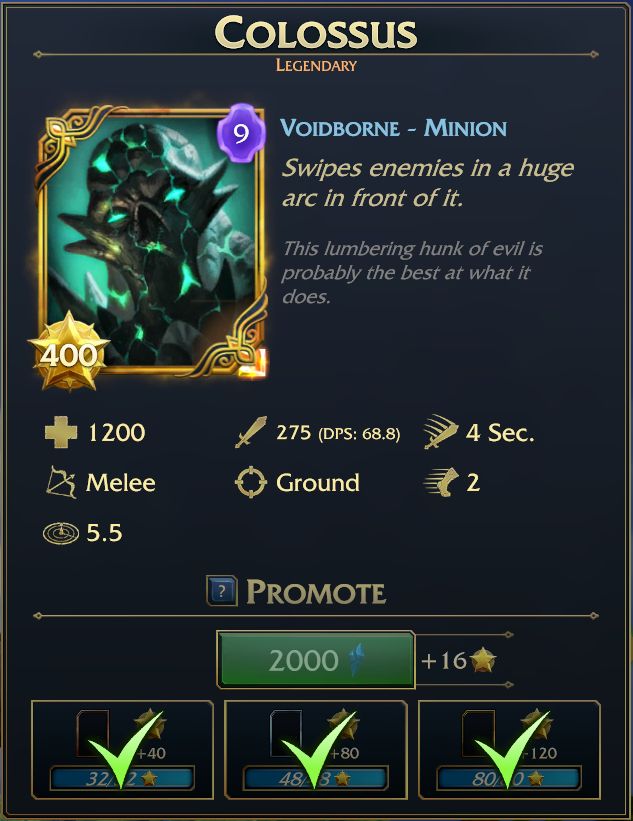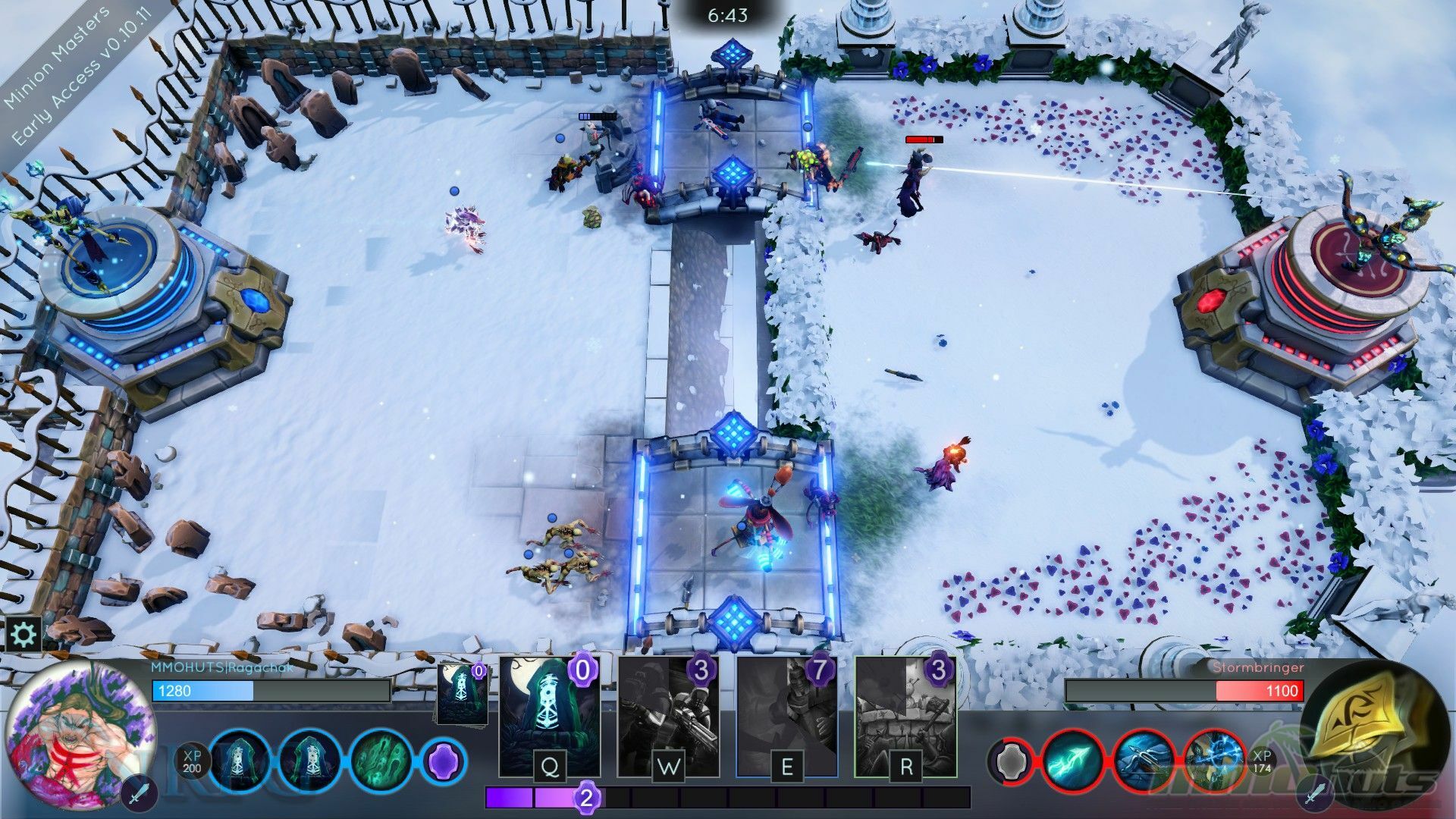

(Average turn damage: 29, 2 creature kills, minor boss damage) Breaker looks around and takes their second shot against a minion that does have another minion next to it (1d8 + 4) x 2 - they kill 2 more critters. Is there a creature next to this one - let's suppose 'No'. Suppose we add a boss creature to this though:īreaker: marks the largest, toughest looking thing, and takes a shot at it (1d8 + 1d6 + 4) it's tougher than the others. Even if they don't always get their benefit, Breaker is still the more flexible and more effective option here.

This encounter continues with Breaker eliminating one additional monster on average per turn, until the encounter ends. (Average turn damage: 16.5, 2 creature kills)


Slayers takes their second shot against another creature (1d8 + 4), and kills it too. It dies anyway, this is not a boss encounter. Slayer: marks the largest, toughest-looking thing and takes a shot at it (1d8 + 1d6 + 4) is the target hurt? Not when you shot, no bonus damage. (Average turn damage: 29, 3 creature kills) Let's suppose you're level 5, and run a few situations:Ī group of small and medium size critters are assailing the group in a large space, but converging on your party - individually they aren't very tough, but there's a lot of them.īreaker: marks the largest, toughest looking thing, and takes a shot at it (1d8 + 1d6 + 4) it dies - this is not a boss encounter. If it is a single thing with no support, Slayer is definitely the way to go. but in major boss encounters, if you are the ranged damage-dealer, then there's a very high probability that add control is going to be your duty if and when minions show up - and if you're having to knock down minions before they can get to your casters or cause trouble, then they're mostly not going to be hurt when you first shoot them, so even in boss fights, as long as it's not a single thing with no support, Breaker still keeps up. In a single target, boss-oriented situation, Slayer will naturally win out - if you are shooting boss and only the boss. As long as one of your shots is against your marked target, hunter's mark is mostly irrelevant to the calculations, and no part of either feature has any bonus action requirements.
#Colossus minion masters free#
In tabletop, I've found that the instances where you're taking your turn and you wish to ask "has that one been hurt yet", and the answer is no, comes up more frequently than individual impressions feel like, and conversely, the situations where you can get that extra free shot in because there are at least two enemies close to each other, happens fairly regularly - on account of melee creatures tending to try to attack the same targets, if nothing else.īreaker is an entire extra shot, while Slayer is one extra fixed damage die on an existing shot if you're getting them both every round, then your damage averages will be higher with horde-breaker overall. You're neglecting the important detail in that Colossus-Slayer is the most abjectly boring option to pick from the available options. Or is that nonsense because the quotation is from a post from 2014 (TT): https:/ / / showthread.php?377065-Colossus-Slayer-vs-Horde-Breaker-Reference-Tableįor the more experienced among you who have already played it: After killing a target with an active Hunter's Mark within the 5 meter range, can I reapply the Hunter's Mark to the next target available through Horde Breaker? However, the bonus damage from Hunter's Mark does not apply to a secondary target, so her base damage is 8.5 instead." "With Hunter's Mark, Hijorn deals d8+d6+3 points of damage on a longbow hit, averaging 11 points of damage. Horde Breaker is not supposed to be as compatible with Hunter's Mark, if I understand it correctly: the many boss encounters (Owlbear Mother, Bulette, etc. I would like to know, in your experience, which is better for a classic Longbow Hunter: Colossus Slayer or Horde Breaker?Ĭolossus Slayer seems to be better for single targets, i.e. I haven't played a Hunter yet and I'm just getting caught up.


 0 kommentar(er)
0 kommentar(er)
